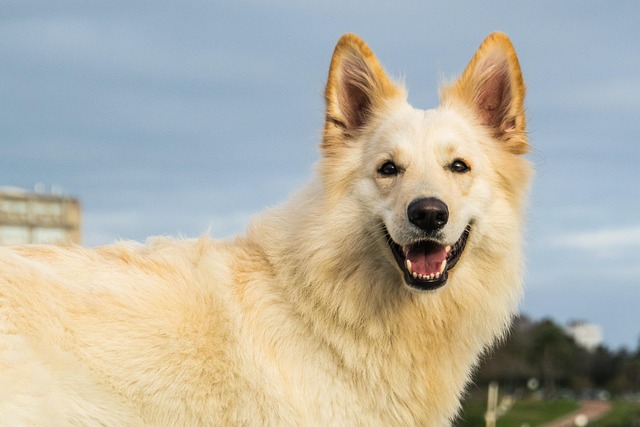
how to stop puppy biting fast
Okay, let's talk about those adorable little land sharks living in your home. You reach down to pet them, they latch onto your hand. You wiggle a toy, they miss and grab your sleeve instead.
So, you’re wondering, “Can I obedience train my dog myself?” The answer is a resounding yes—but with some key considerations, especially if you’re based in Europe or North America. Let’s dive into how to tackle this journey effectively while staying mindful of regional regulations and cultural norms.
First off, understand that obedience training isn’t just about commands; it’s a bond-building process. Start with basics like “sit” and “stay,” using positive reinforcement—think treats, praise, or toys. Europeans often emphasize reward-based methods, and many regions actually outlaw aversive training tools like shock collars. In Germany, for example, the Animal Welfare Act requires training to be stress-free, so check your local laws first. North American trainers often recommend short, consistent sessions—10-15 minutes daily works better than long, frustrating ones.
But here’s a crucial point: know your dog’s breed and temperament. Herding breeds like Border Collies thrive on mental stimulation, while a Bulldog might need more patience. Cultural nuances matter too—urban dwellers in cities like London or New York often need dogs to be well-behaved in crowded spaces, so focus on leash manners and public calmness. Remember, in many EU countries, dogs must be under control in public areas, which ties directly to your training goals.
Now, let’s talk about common hurdles. If your pup is reactive or anxious, it might be wise to consult a certified trainer—especially in places like California, where local ordinances might have specific requirements for aggressive breeds. But for everyday obedience, online resources can be gold. Platforms like YouTube have tutorials from recognized trainers, and apps like Dunbar Academy offer step-by-step guides. Just ensure the methods align with your region’s animal welfare standards—some techniques popular a decade ago are now considered inhumane in many Western countries.

Another tip: integrate training into daily life. Asking your dog to “sit” before mealtime or “wait” at doorways reinforces good behavior naturally. In Scandinavia, where dogs are often part of outdoor activities, recall training is essential for forest walks. And speaking of outdoors, always check leash laws—while some parks in Canada allow off-leash play, others strictly enforce leashes, so obedience around distractions is key for safety and legality.
Wait, but how do you know if you’re on the right track? Look for progress: a puppy that used to jump on guests now sits politely, or a rescue dog that masters “come” after a few weeks. If you hit a wall—say, your dog ignores commands near squirrels—don’t hesitate to seek professional help. In Australia, for instance, many councils offer subsidized training classes to promote responsible pet ownership, which is a win-win for you and your community.
Lastly, remember that training is a marathon, not a sprint. Stay patient, celebrate small wins, and always prioritize your dog’s well-being. After all, the goal isn’t perfect obedience but a happy, respectful relationship. Oh, and one more thing: never skip the basics like registering your dog and keeping vaccinations up-to-date—compliance with local pet laws is as important as sit-stay training in building a harmonious life with your furry friend.

Okay, let's talk about those adorable little land sharks living in your home. You reach down to pet them, they latch onto your hand. You wiggle a toy, they miss and grab your sleeve instead.

If you’ve ever watched a dog trainer work magic—getting a hyper pup to sit calmly or a shy rescue to walk confidently—you might’ve wondered: What’s in those little treats they’re using?

Labradors are bundles of energy,and that enthusiasm often kicks into high gear the second you grab the leash.

Teaching a dog to sit forms the foundation of good behavior, creating moments of calm in busy households and public spaces alike.

Dog aggression toward owners can show up in many ways—low growls when you reach for their bowl,snapping during grooming,or stiffening up before a nip.It's scary,but it almost always stems from fear,confusion,or feeling threatened,not malice.

If you’ve ever stood in the pet store, staring at shelves of dog treats labeled “training” or “everyday,” you might’ve wondered if there’s a real difference.